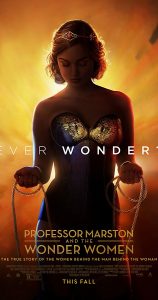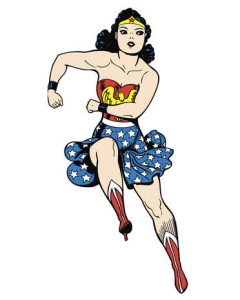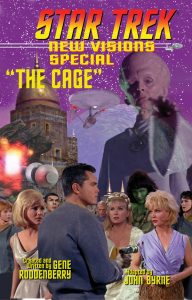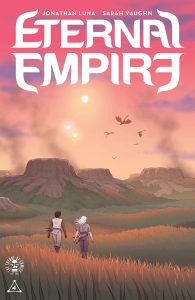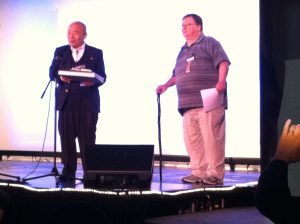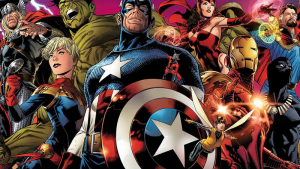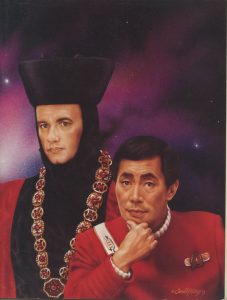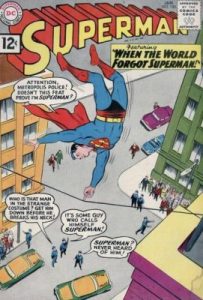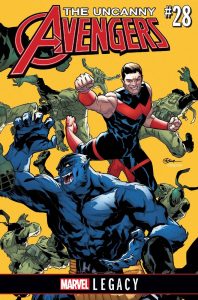 This series continues to delight. Johnny Storm is now a billionaire, heir to Reed Richards’s patent earnings. Of course, it’s pretty clear Reed’s on his way back, but still, it’s an amusing turn. Quicksilver is being written as something other than angry, for a change. If I’m honest, Rogue as team leader still feels forced to me. Is there a female X-Man (irony unintentional) who isn’t leading her own team? I get it, it’s long overdue that we had equality on that score, but it still feels a bit forced. On the other hand, anything that puts Jean Grey, Rogue, Kitty Pryde and Polaris into the limelight is okay with me.
This series continues to delight. Johnny Storm is now a billionaire, heir to Reed Richards’s patent earnings. Of course, it’s pretty clear Reed’s on his way back, but still, it’s an amusing turn. Quicksilver is being written as something other than angry, for a change. If I’m honest, Rogue as team leader still feels forced to me. Is there a female X-Man (irony unintentional) who isn’t leading her own team? I get it, it’s long overdue that we had equality on that score, but it still feels a bit forced. On the other hand, anything that puts Jean Grey, Rogue, Kitty Pryde and Polaris into the limelight is okay with me.
But my favorite part of the issue was simply the first panel in which we see the Beast’s blue, furry, smiling face as he snatches an escaped balloon and returns it to a young Avengers fan. He’s been blue and furry right on through, but ol’ Hank hasn’t smiled a lot in recent history, and that’s a bad thing.

